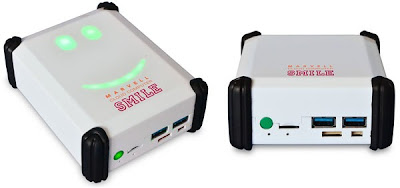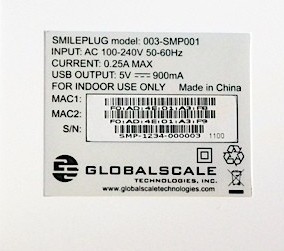American computer maker DELL is actually taking the business tablet concept seriously and the first result is the Latitude 10 tablet. This one is powered by Intel’s Clover Trail SoC.
The new tablet is powered by Microsoft’s Windows 8 operating system that also brings support for all existing Windows 7 and other Windows-based x86 software. Uninformed business users might be surprised by the low performance of the device. Surely, the tablet will play movies and browse the web decently, but performance wise it won’t be able to hold a candle to a simple Core i5 Ivy Bridge system. The DELL Latitude 10 is a 10” tablet just like its name suggests and has a full 2 GB of RAM memory that is absolutely necessary for the Windows 8 operating system. Storage is “only” 128 GB in size and while this might look enough for an Android tablet, it doesn’t look enough for Windows 8 and generally Windows x86 applications.
The new tablet is quite sturdy and it has a 0.4” (10.16 millimeters) thickness. The DELL Latitude 10 tablet also comes with a docking station that unfortunately is just as big, fat and ordinary as a dock might be. There’s no slim, Transformer-like dock here. DELL’s dock is thick, quite heavy (for a modern dock) and it looks like something two decades old. The rubber base is a good addition and the metallic piece is supposed to hold the tablet in place, but it also makes it bigger and quite difficult to fit inside your business case. On the upside, the Latitude 10 includes a user replaceable battery and that’s an absolute requirement for a business-oriented mobile device.
We’re not quite sure why DELL didn’t include a keyboard with the dock as the Latitude 10 is targeted as a productivity device. Pricing will probably be announced next week, like we reported here.
 |
| DELL Latitude 10 Windows 8 10" Tablet powered by Intel Clover Trail dual core Atom processor Images credits to TheVerge |



 9/19/2012 07:48:00 PM
9/19/2012 07:48:00 PM
 dannzfay
dannzfay









































